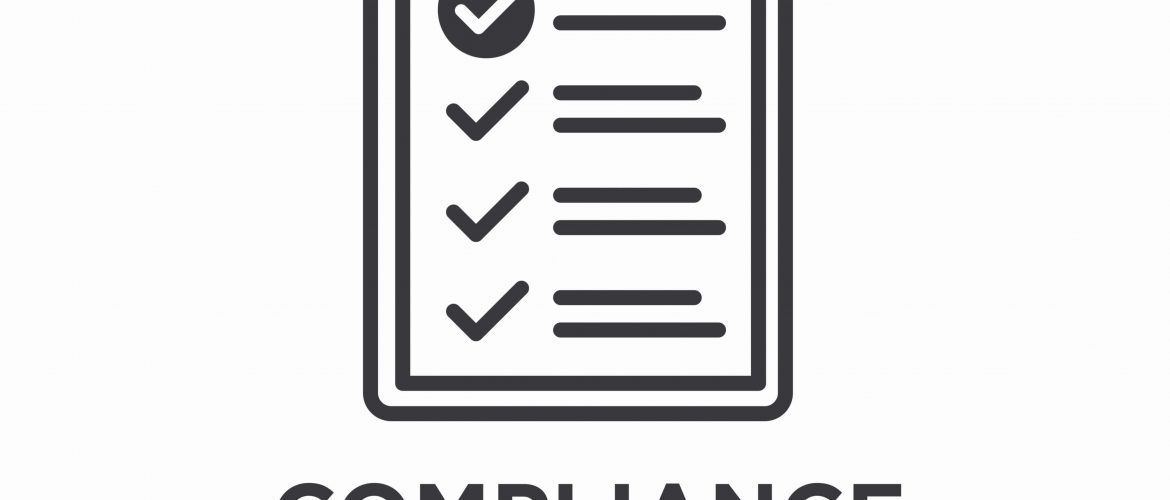Jeannine LeCompte, Publishing and Research Coordinator
Medicare- and Medicaid-approved long-term care facilities (LTCs) are under a legal obligation to provide compliance training to all frontline staff, administrative personnel, service providers, and subcontractors—and the second principle which must be established is that of the requirement of having, knowing, and understanding a compliance program.
This compliance program must:
- Articulate and demonstrate the facility’s commitment to legal and ethical conduct
- Provide guidance on how to handle compliance questions and concerns
- Provide guidance on how to identify and report compliance violations
In other words, a compliance program must foster a culture of compliance within an organization. This means it must:
- Prevent, detect, and correct noncompliance
- Be fully implemented and tailored to a facility’s unique operations and circumstances
- Have adequate resources
- Promote the facility’s Code of Conduct
- Establish clear lines of communication for reporting noncompliance
This program must also include the seven core compliance program requirements: written policies, procedures, and standards of conduct; the establishment of high-level compliance oversight; the creation of an effective training and education program; effective lines of communication for feedback and reporting of abuses; well-publicized disciplinary standards; a system for routine monitoring, auditing, and identifying compliance risks; and procedures to ensure that there are always prompt responses to compliance issues.
The Centers for Medicare & Medicaid Services (CMS) expects that all LTCs will apply their training requirements and “effective lines of communication” to their first-tier, downstream, and related entities (FDRs).
A first-tier entity is defined as any party that enters into a written arrangement to provide administrative services or healthcare services to a publicly-funded LTC. A downstream entity is any party that enters into a written arrangement with a first-tier entity, while a related entity is any entity which is linked to either of the first two categories through common ownership or control.
It is therefore clear that an understanding and application of a code of conduct applies to far more than just a facility’s personnel, and this should be kept in mind for compliance training.



























































